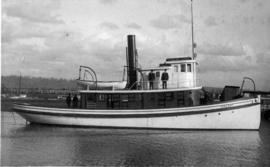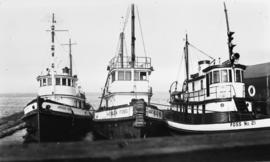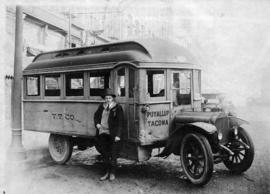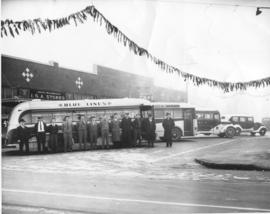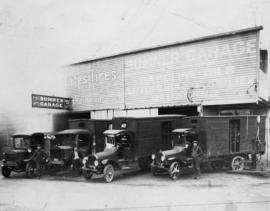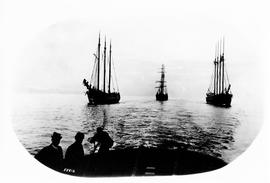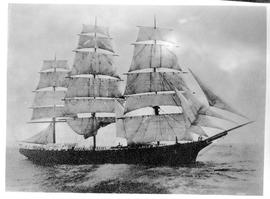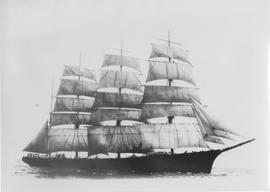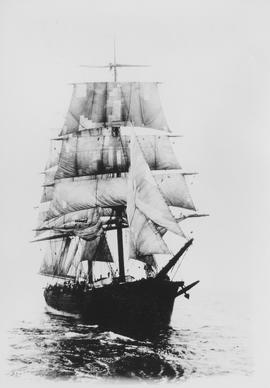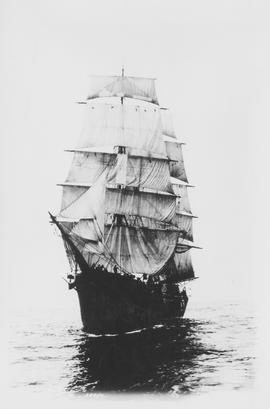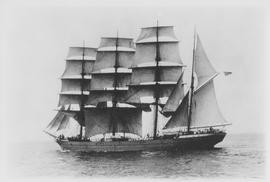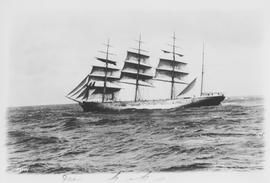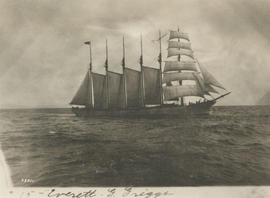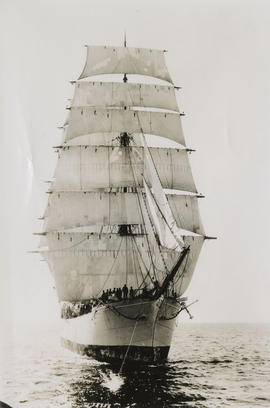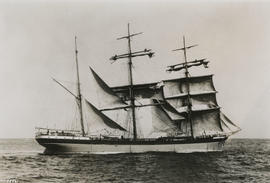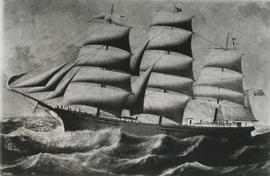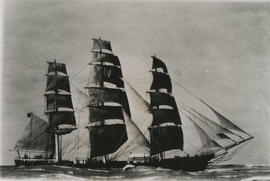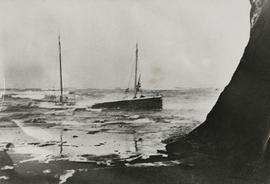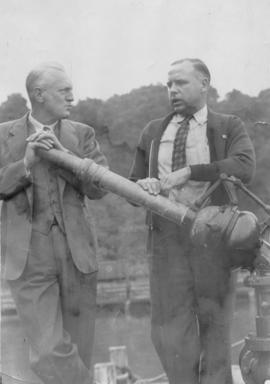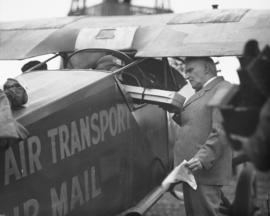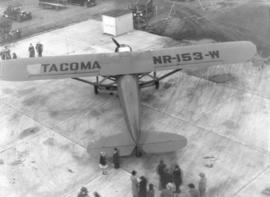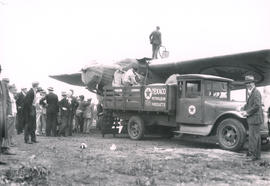- Item
Part of General Photograph Collection
This is an undated photograph of the towboat, "Vigilant," prior to being purchased by the Foss Launch & Tug Co. and renamed the "Anna Foss." She was a wood two-deck boat with 75-hp steam engine with a 69-foot length and 18-foot beam when built in 1907 in Tacoma for the WallaceTowboat Co. The "Vigilant" put in thirteen years of hard work for Wallace before being sold to the Cascade Tugboat Co. in 1920. Cascade sold her two years later to the Gilky Bros. of Anacortes for log towing in northern Puget Sound and British Columbia. Once more ownership changed hands when Cpt. C.C. Croft traded his tug for her about 1925. Now part of the Vigilant Towing Co. of Seattle, she substituted her steam plant for a 200-hp 2-cycle Worthington diesel in 1926, enabling her to tow heavy gravel scows. In 1930 the "Vigilant" was sold to the Anchor Tugboat Co. of Portland for use on the Columbia River. The Foss Co. acquired her in 1933 for $5,300 at a U.S. Marshal's sale. Her primary job was to bring down millions of feet of Canadian logs for mills operating in Salmon Bay and Elliot Bay. In 1938 the "Vigilant" became the "Anna Foss" after the wife of Peter Foss, Andrew Foss' brother. She would complete more than 50 years of service before being retired on August 2, 1968. The boat would have one final owner, former Chief Engineer Everett Atkinson, who purchased her in May of 1969. Her name reverted back to the "Vigilant" and she was anchored in Colvos Passage in front of Mr. Atkinson's Vashon Island home. She sank in 40 feet of water on September 16, 1969 when her pump apparently failed. (Skalley, "Foss Ninety Years of Towboating," p. 90-92)
Tugboats;
